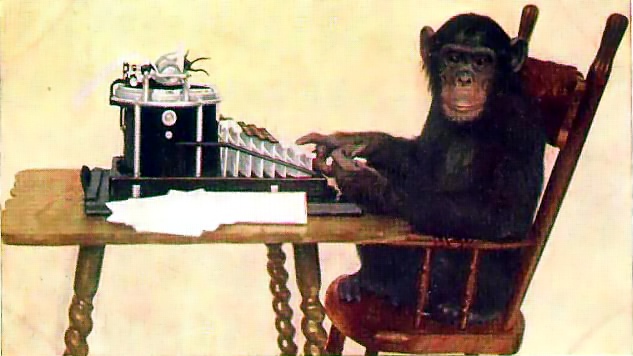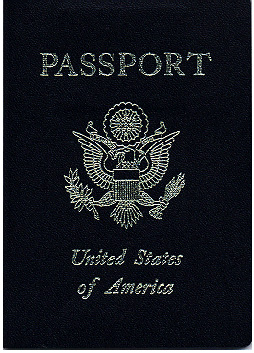
India has a wide range of toilet offerings. This means that while it is most likely that where you stay will have a nice, clean, Western-style commode with TP, the places we go to visit likely will not.
The picture to the left was taken at one of the forts we visited in Rajasthan during our 2006 visit. Note the lack of running water, the fact that the toilet bowl itself is below the level of the ground, and the bottle of water standing in the corner.
This is a squat toilet. For an interesting discussion of the pros and cons of such a system, see: http://en.wikipedia.org/wiki/Squat_toilet
During our first trip, I never needed to make the "#2" in this style of toilet, but even with the Western style commodes there is often a curious lack of TP, and a strange hose with a spray nozzle in its place.
In many Asian countries, TP is considered less sanitary than a hand washing- you just get cleaner with water. It's the basic thought behind the bidet as well.
Here are my thoughts on general toilet use in India:
1. Carry your own TP/wet wipes with you
2. Maybe some soap too (there is often no soap in the public bathrooms), or at least Purell
3. Consider the possibility that you may at some point have to wipe with your hand
4. Try to do the "#2" at your hotel if possible
I have found a lovely website that gives more pointers/descriptions of what using a squat toilet can entail: http://www.talesofasia.com/toilets-rs.htm
This is one piece of advice from a user of the site:
"
As you said, this shouldn't be too foreign to anyone who's squatted in the woods while camping. Anyone overly squeamish probably shouldn't be in south east Asia. First of all, with regards to dropping your pants, I drop mine to my knees. However, that said, I also squat as far down as possible so that crotch level is below knee level. I also scrunch my pants together so they’re bunched up at the knee. This keeps the pants out of the line of fire. This part is much easier if you’re wearing a sarong and can just pull it up around your waist.
The uninitiated should also note that the bowl part of a squat toilet is much shallower than it is on western toilets. This shallowness, as well as the fact that there is no water in the bowl, results with a much greater splatter effect while peeing. It is likely that you will get pee sprayed on to your feet and ankles. You may also get splash-back to your nether regions. This is why you should get immunized against Hepatitis before going to Asia. You can try positioning yourself closer to or further away from the hole to see if this decreases the splattering. You can also try putting your bum up higher. This will result in a better angle & trajectory, however, now you’re a lot farther away, so the increased pressure will mean increased splatter. Now if you have your bum up and you can hit the target exactly, there won’t be any splatter. But, if you’re travelling around a lot, you’ll never have the opportunity to figure out the optimal position for each toilet you encounter.
As girls, we’re not accustomed to thinking about what it is we’re going to do when we go to the toilet. Unlike guys, we’re always in the same position when using the toilet, so it makes no difference. But when using a squat toilet, you will start to think about it because it could affect how you squat.
Now for the toilet paper issue. When I first got to Asia, I always had a small plastic bag with a half roll of toilet paper and a sandwich bag of soap with me wherever I went. After I’d been travelling for a couple of months, I didn’t bother with the toilet paper. With my right hand; I poured using the water scoop, and with my left hand I wiped. And then very carefully washed my hands. I mostly ate with utensils, so I wasn’t overly concerned about which hand I was eating with. It worked fine and I never got sick.
A couple of pointers; when you’re pouring the water, you need to lean forward or backward a bit so you can hit the target you’re aiming for. Also, you don’t have to wipe nearly as much as you do with toilet paper because the water pressure does most of the work for you. Next, I always put my sandwich bag with soap in my right pocket. This way I could get to the bag easily with my right (clean hand), peel back the bag and grab the soap with my left hand. When washing your hands, odds are you will be squatting on the bathroom floor as it is quite unlikely that there will be a sink. Squatting will minimize the splattering water as well. To get the last of the soap off your hands, don’t hold the handle of the scoop (it will probably have soap suds on it), hold the side of the scoop and pour the water towards you and over the hand holding the scoop.
The butt sprayers are a lot easier to use. You should give them a test spray first. Some of the best water pressure in Asia seems to be reserved for these sprayers, and you could be in for quite a surprise if you don’t do a test first.
As for the hi-risers, I liked them better because there is much less splatter.
My biggest piece of advice is to NEVER use the water scoop while using a western toilet! I can almost guarantee you will get water on the toilet seat and on your pants. Either use the butt sprayer, or use toilet paper.
Many times while I was in Asia, I wished that I was a guy so that I didn’t have to get as close to the toilet facilities as one does as a girl. The biggest annoyance, is when there’s no place to hang your daypack, and you have to go through the above routine while reaching around the pack on your back."
Sound complicated? Don't worry, we shouldn't encounter this much!











